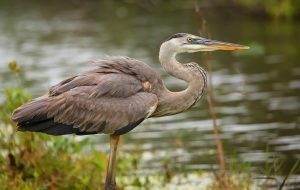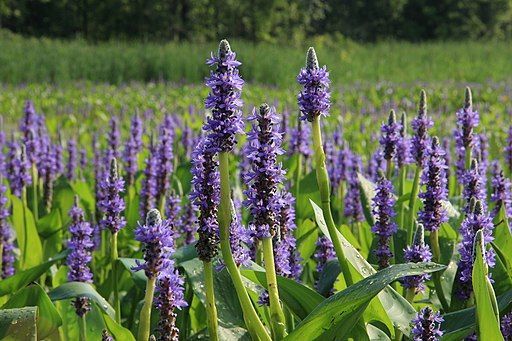Rivers Coalition Meeting Recap
Walter Deemer • May 29, 2024
Meeting - May 24, 2024
 This month’s Rivers Coalition meeting focus was on the ever-present threat cyanotoxin (blue-green algae) poses to the St. Lucie River and Estuary and the problems monitoring it.
This month’s Rivers Coalition meeting focus was on the ever-present threat cyanotoxin (blue-green algae) poses to the St. Lucie River and Estuary and the problems monitoring it.
The good news: Federal cyanotoxin standards are already in place. They were established five years ago by the Federal Clean Waters Act so states could detect threats before an actual bloom occurred.
The bad news: Florida has ignored those standards. (Technically, the Florida Department of Environmental Protection isn’t required to accept those cyanotoxin standards --- but is required to explain why not. It hasn't.)
According to federal law, the Army Corps of Engineers is responsible for the quantity of water in the Lake Okeechobee system -- but the state of Florida is responsible for the quality of that water. Since Florida doesn’t have any standards for harmful toxin levels, water monitoring is inadequate and, when harmful algae is present, public notifications are sporadic.
Environmental groups think the time has come to take action.
“Five years is enough”, said Jason Totolu, the Senior Attorney at the Center for Biological Diversity. That organization is heading a multi-group effort formally requesting, via petitions, that the U.S. Environmental Protection Agency step in and set limits on algae toxins in Florida. The goal: Help protect both human and aquatic life health and, with water management agencies adhering to those standards, prevent toxin laden water from being discharged into rivers and the ocean.
The Rivers Coalition is supporting this effort on behalf of its 106 member organizations. At some point in the EPA review process, though, letters of support from the general public will be appropriate. I’ll let you know when that time comes.
In other developments:
* The more than five-year process of developing a new Lake Okeechobee System Operating Manual, which will replace the current 2008 version -- and which is much more environmentally-friendly -- is finally nearing the finish line. The Army Corps of Engineers expects to sign the final version and implement it in mid-August.
* Lake Okeechobee, thanks to a very helpful dry season, has dropped to 13.2 feet – three feet lower than it was in March. The Corps is “very optimistic” they can get through the hurricane season without needing to do any discharges. (They know as well as we do that the media has been deluging us with forecasts of a much more active hurricane season than usual – but the real issue isn't how many there are but how many end up affecting our area.)
* The City of Stuart is installing 300 oyster beds along the Riverwalk.
* The South Florida Water Management District is starting to monitor health, fish and plant life criteria much more intensively than in the past. This will give water managers much more data to incorporate in their decision-making process.
But the good news is that health issues are being weighed much, much more heavily in managers’ decision-making process now than in the past. It’s not just gallons of water any more.
-- Walter Deemer



